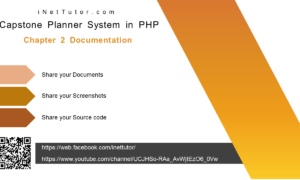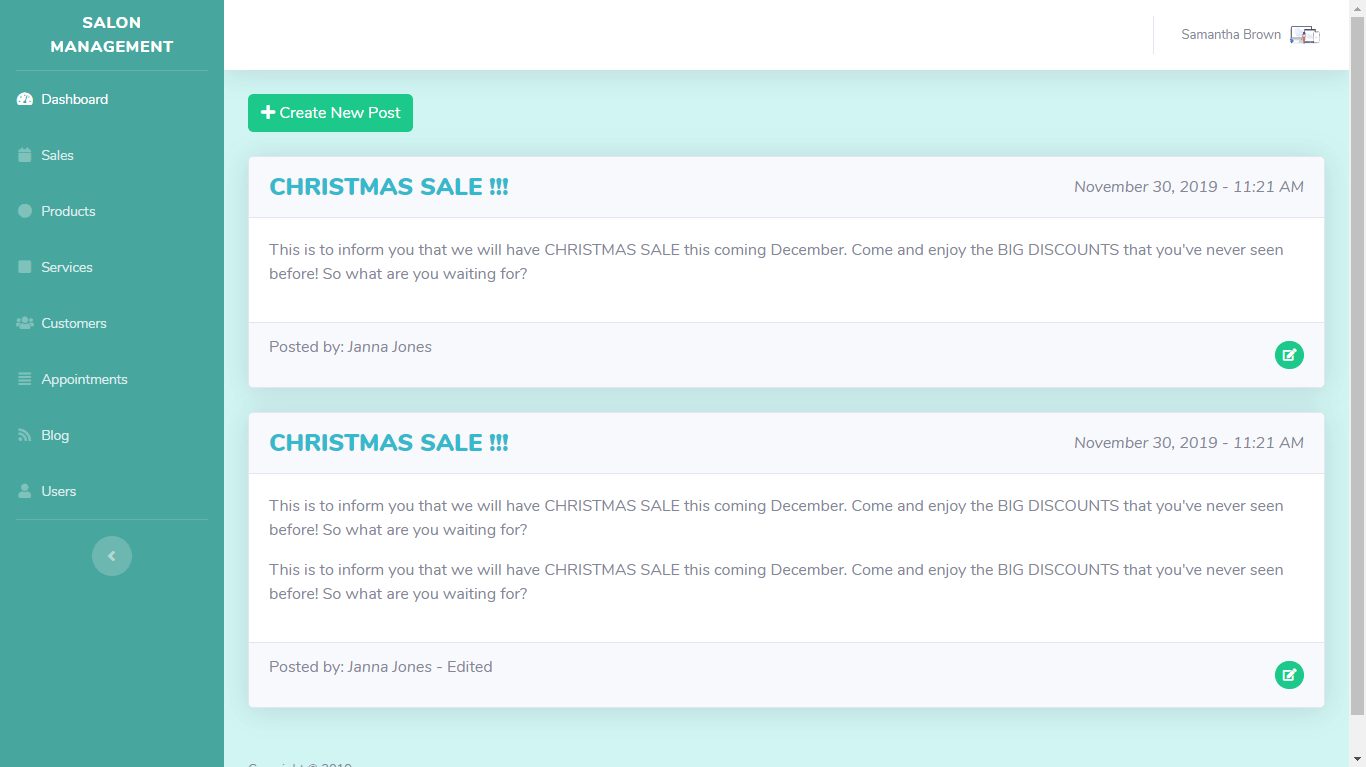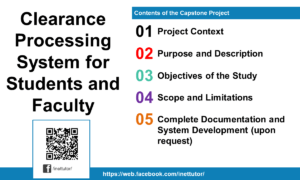Voice and Speech Technologies Project Ideas
Introduction
Table of Contents
Voice and speech technologies are changing the way we interact with our devices. From smart speakers to virtual assistants, these technologies are everywhere. They’re making our lives easier and more connected than ever before.
What exactly are voice and speech technologies? Simply put, they’re the tools that let machines understand and respond to human speech. Think of Siri, Alexa, or Google Assistant – these are all powered by voice and speech tech.
Why are these technologies so important? For starters, they’re making technology more accessible. People who struggle with typing or reading can now use voice commands to control their devices. Plus, voice interfaces are just more natural and convenient for many tasks.
The growth of voice-enabled applications is skyrocketing. Smart speakers are becoming common in homes. Cars now come with voice-controlled systems. Even our phones and watches can understand what we say.
In this article, we’ll explore exciting project ideas for developers interested in voice and speech technologies. Whether you’re a beginner or an experienced coder, there’s something here for you. We’ll cover a range of projects, from simple voice command systems to advanced AI applications.
Our goal is to inspire you to dive into this fascinating field. By the end of this post, you’ll have plenty of ideas to start your own voice and speech technology projects. Let’s get started and discover the power of voice!
Basics of Voice and Speech Technologies
Understanding the Core Components
Voice and speech technologies consist of several key components that work together to enable voice-based interactions:
Voice Recognition: Voice recognition technology allows devices to recognize and understand human speech. It works by converting spoken words into text that a computer can process. Common use cases include virtual assistants, voice search, and voice-controlled devices. These applications allow users to perform tasks like setting reminders, searching the web, or controlling smart home devices using just their voice.
Speech Synthesis: Speech synthesis, also known as text-to-speech (TTS), converts written text into spoken words. TTS systems are used in various applications, such as reading aloud text on websites, providing spoken directions in navigation apps, and assisting visually impaired users. By generating natural-sounding speech, TTS makes information accessible and easier to consume.
Natural Language Processing (NLP): NLP is a crucial component of voice and speech technologies, enabling computers to understand and interpret human language. It involves analyzing spoken words, understanding context, and generating appropriate responses. NLP powers conversational interfaces like chatbots and virtual assistants, making them capable of holding natural, human-like conversations.
Key Technologies and Tools
Developers have access to a range of technologies and tools to build voice and speech applications:
Popular APIs and SDKs: Several companies offer powerful APIs and SDKs that make it easier to integrate voice and speech functionalities into applications. Some popular options include:
- Google Speech-to-Text: Converts spoken language into text, supporting multiple languages and dialects.
- Amazon Alexa Skills Kit: Provides tools to create custom skills for Alexa-enabled devices.
- IBM Watson: Offers a suite of AI services, including voice recognition and speech synthesis capabilities.
Open-Source Libraries: For developers who prefer more customization, open-source libraries offer flexibility and control:
- TensorFlow: A versatile machine learning library that can be used for various voice and speech applications.
- Kaldi: A powerful toolkit for speech recognition, widely used in research and commercial applications.
- Mozilla DeepSpeech: An open-source speech-to-text engine based on deep learning, designed to provide high accuracy.
Hardware Considerations: The quality of voice and speech interactions also depends on the hardware used:
- Microphones: High-quality microphones are essential for capturing clear audio input, which is crucial for accurate voice recognition.
- Smart Speakers: Devices like Amazon Echo and Google Home are equipped with microphones and speakers, allowing them to interact with users through voice commands.
- Other Devices: Laptops, smartphones, and tablets are also commonly used for voice and speech applications, often equipped with built-in microphones and speakers.
By understanding these core components and leveraging the right technologies and tools, developers can create innovative and effective voice and speech applications that enhance user experience and accessibility.
Voice Assistant Application for People with Vision Impairment
Voice and Speech Technologies Project Ideas
Here’s a list of 15 project ideas related to voice and speech technologies, along with a brief description and the tools you can use to develop each project:
- Voice-Controlled Smart Home System
- Description: Develop a system that allows users to control various smart home devices (lights, thermostat, security systems) using voice commands.
- Tools:
- Programming Languages: Python, JavaScript
- APIs: Amazon Alexa Skills Kit, Google Assistant SDK
- Hardware: Raspberry Pi, Arduino
- Libraries: Home Assistant, OpenHAB
- AI-Powered Personal Voice Assistant
- Description: Create a voice assistant capable of managing tasks, answering queries, and controlling other apps on the user’s device.
- Tools:
- Programming Languages: Python, JavaScript
- APIs: Google Assistant SDK, Microsoft Azure Cognitive Services
- NLP: Dialogflow, Rasa
- Voice Recognition: Google Speech-to-Text
- Voice-Activated Language Translation App
- Description: Build an app that translates spoken language in real-time, making it useful for travel and communication between speakers of different languages.
- Tools:
- Programming Languages: Python, JavaScript
- APIs: Google Cloud Translation API, Microsoft Translator API
- Voice Recognition: Google Speech-to-Text, IBM Watson Speech to Text
- NLP: SpaCy, TensorFlow
- Voice-Controlled Media Player
- Description: Develop a media player that allows users to control playback, change tracks, and adjust volume using voice commands.
- Tools:
- Programming Languages: Python, JavaScript
- APIs: Spotify API, YouTube API
- Voice Recognition: Mozilla DeepSpeech, Google Speech-to-Text
- Frameworks: Electron for desktop applications
- Voice-Based Interactive Storytelling App
- Description: Create an app that engages users in storytelling by letting them choose different story paths through voice commands.
- Tools:
- Programming Languages: Python, JavaScript
- APIs: Amazon Polly (Text-to-Speech)
- Voice Recognition: Google Speech-to-Text
- NLP: Dialogflow for handling story interactions
- Voice-Enabled Health Monitoring Assistant
- Description: Design an assistant that tracks health metrics, provides medication reminders, and offers health tips based on user queries.
- Tools:
- Programming Languages: Python, JavaScript
- APIs: Google Fit API, Apple HealthKit
- Voice Recognition: IBM Watson Speech to Text
- Text-to-Speech: Amazon Polly, Google Text-to-Speech
- Speech-Driven Customer Support Chatbot
- Description: Develop a chatbot that handles customer inquiries via voice, providing information and troubleshooting assistance.
- Tools:
- Programming Languages: Python, JavaScript
- APIs: Zendesk API, Salesforce API
- Voice Recognition: Google Speech-to-Text, IBM Watson Speech to Text
- NLP: Rasa, Dialogflow
- Real-Time Voice-Based Sentiment Analysis Tool
- Description: Build a tool that analyzes the sentiment of spoken feedback in real-time, useful for customer service and feedback collection.
- Tools:
- Programming Languages: Python, JavaScript
- APIs: IBM Watson Tone Analyzer
- Voice Recognition: Google Speech-to-Text
- NLP: Python’s NLTK, SpaCy
- Voice-Activated Calendar and Reminder App
- Description: Create an app that allows users to set and manage appointments, events, and reminders using voice commands.
- Tools:
- Programming Languages: Python, JavaScript
- APIs: Google Calendar API, Microsoft Outlook API
- Voice Recognition: Google Speech-to-Text
- Text-to-Speech: Google Text-to-Speech
- Voice-Based Shopping Assistant
- Description: Develop an application where users can search, compare, and order products using voice commands.
- Tools:
- Programming Languages: Python, JavaScript
- APIs: Amazon Product Advertising API, eBay API
- Voice Recognition: Google Speech-to-Text, IBM Watson Speech to Text
- NLP: Dialogflow
- Voice-Controlled Interactive Educational Tool
- Description: Create a voice-driven app that provides educational content and quizzes, allowing users to interact and learn through voice commands.
- Tools:
- Programming Languages: Python, JavaScript
- APIs: Google Education API
- Voice Recognition: Google Speech-to-Text
- NLP: Dialogflow
- Voice-Powered Fitness Trainer App
- Description: Develop a fitness app that acts as a voice-activated personal trainer, guiding users through workouts and providing motivational feedback.
- Tools:
- Programming Languages: Python, Swift, Java
- APIs: Strava API, Fitbit API
- Voice Recognition: Google Speech-to-Text, IBM Watson Speech to Text
- Text-to-Speech: Amazon Polly, Google Text-to-Speech
- Voice-Based Cooking Assistant
- Description: Create an assistant that guides users through cooking recipes using voice commands, providing step-by-step instructions and tips.
- Tools:
- Programming Languages: Python, JavaScript
- APIs: Google Assistant SDK, Amazon Alexa Skills Kit
- Voice Recognition: Google Speech-to-Text
- Text-to-Speech: Amazon Polly
- Voice-Driven News Reader
- Description: Develop an app that reads out the latest news articles based on user preferences, allowing users to browse through categories using voice commands.
- Tools:
- Programming Languages: Python, JavaScript
- APIs: News API, Google News
- Voice Recognition: Google Speech-to-Text
- Text-to-Speech: Google Text-to-Speech
- Voice-Based Navigation for the Visually Impaired
- Description: Design an application that provides voice-based navigation instructions and feedback, helping visually impaired users navigate their surroundings.
- Tools:
- Programming Languages: Python, JavaScript
- APIs: Google Maps API
- Voice Recognition: Google Speech-to-Text
- Text-to-Speech: Amazon Polly, Google Text-to-Speech
- Hardware: Integration with GPS devices and mobile phones
These projects utilize various tools and technologies to address a wide range of practical and innovative applications, enhancing the functionality and accessibility of voice and speech technologies.
Conclusion
Voice and speech technologies offer a wide range of possibilities for innovation and application. From developing voice-controlled smart home systems to creating voice-based educational tools, the 15 project ideas presented in this article illustrate the diversity and potential of these technologies. By leveraging tools like Google Speech-to-Text, Amazon Alexa Skills Kit, and various NLP libraries, developers can create solutions that not only simplify tasks but also enhance user experiences and accessibility.
The impact of voice and speech technology projects can be significant, making everyday interactions more intuitive and inclusive. Whether it’s aiding the visually impaired with navigation or providing real-time language translation, these projects can improve quality of life and foster greater connectivity in our increasingly digital world.
We encourage you to dive into these projects and explore the exciting world of voice and speech technologies. With the right tools and creativity, you can create groundbreaking solutions that make a real difference. Let’s continue to push the boundaries of what’s possible and build a future where voice and speech technologies are seamlessly integrated into our lives.
Readers are also interested in:
You may visit our Facebook page for more information, inquiries, and comments. Please subscribe also to our YouTube Channel to receive free capstone projects resources and computer programming tutorials.
Hire our team to do the project.


